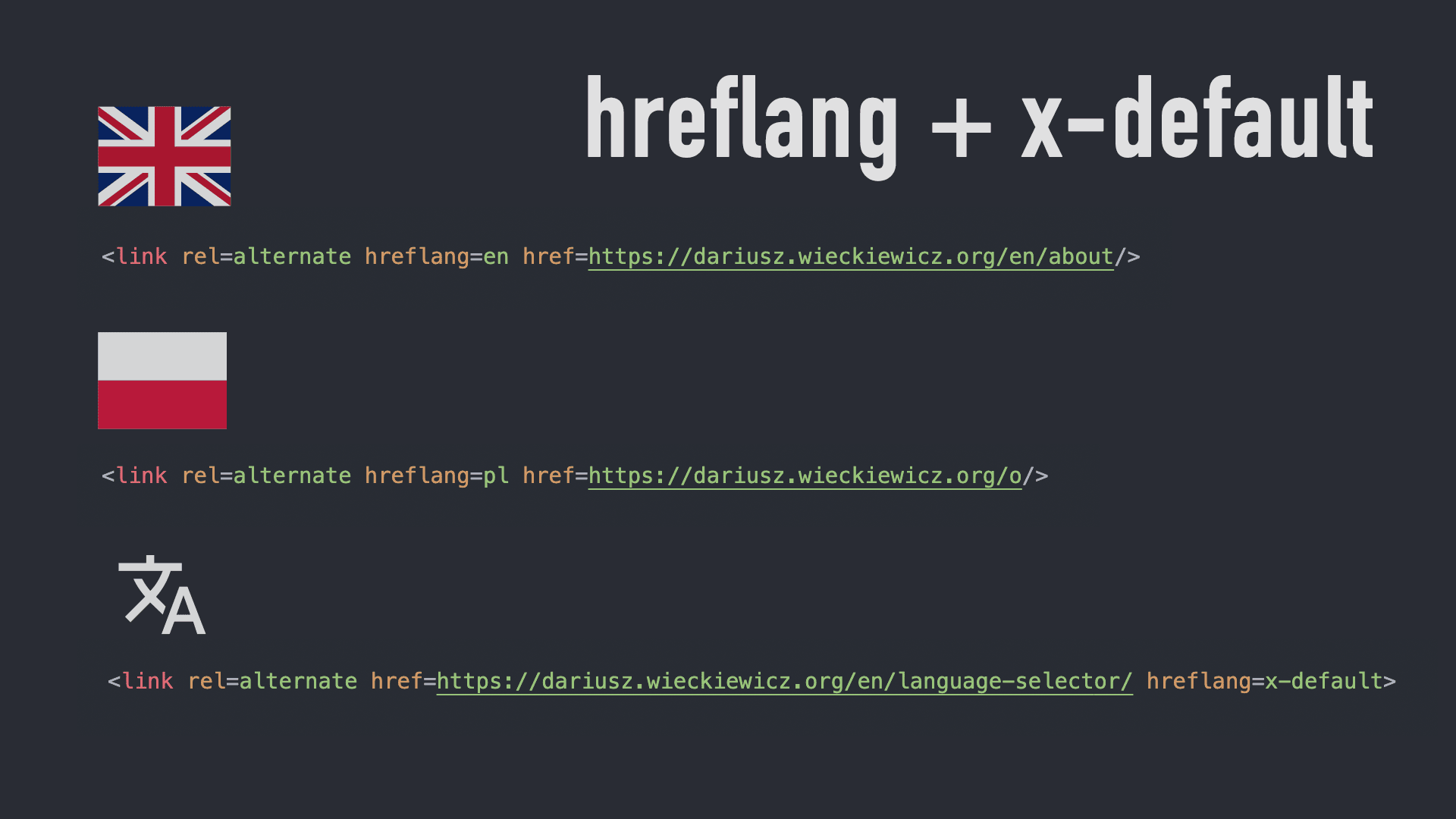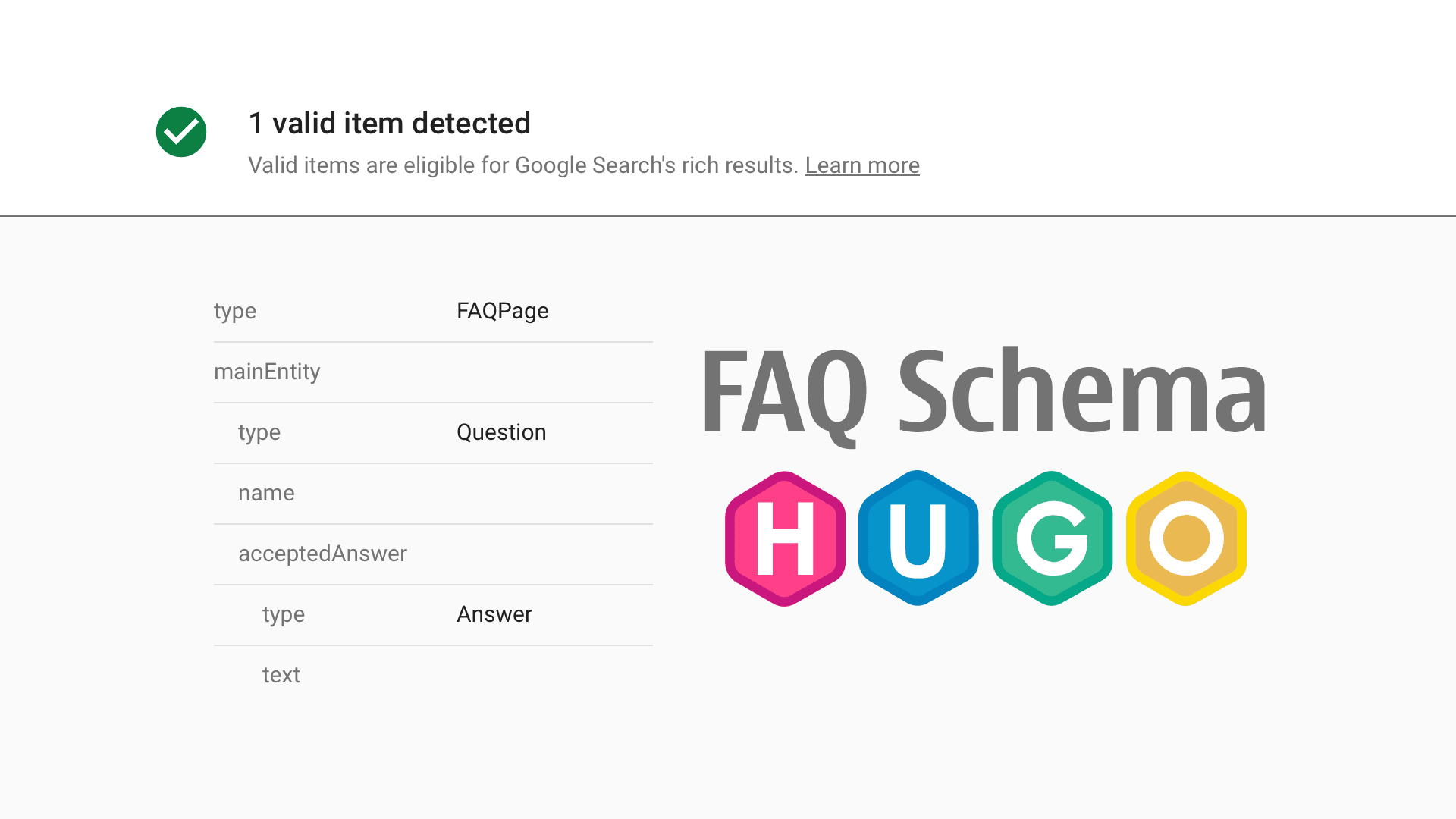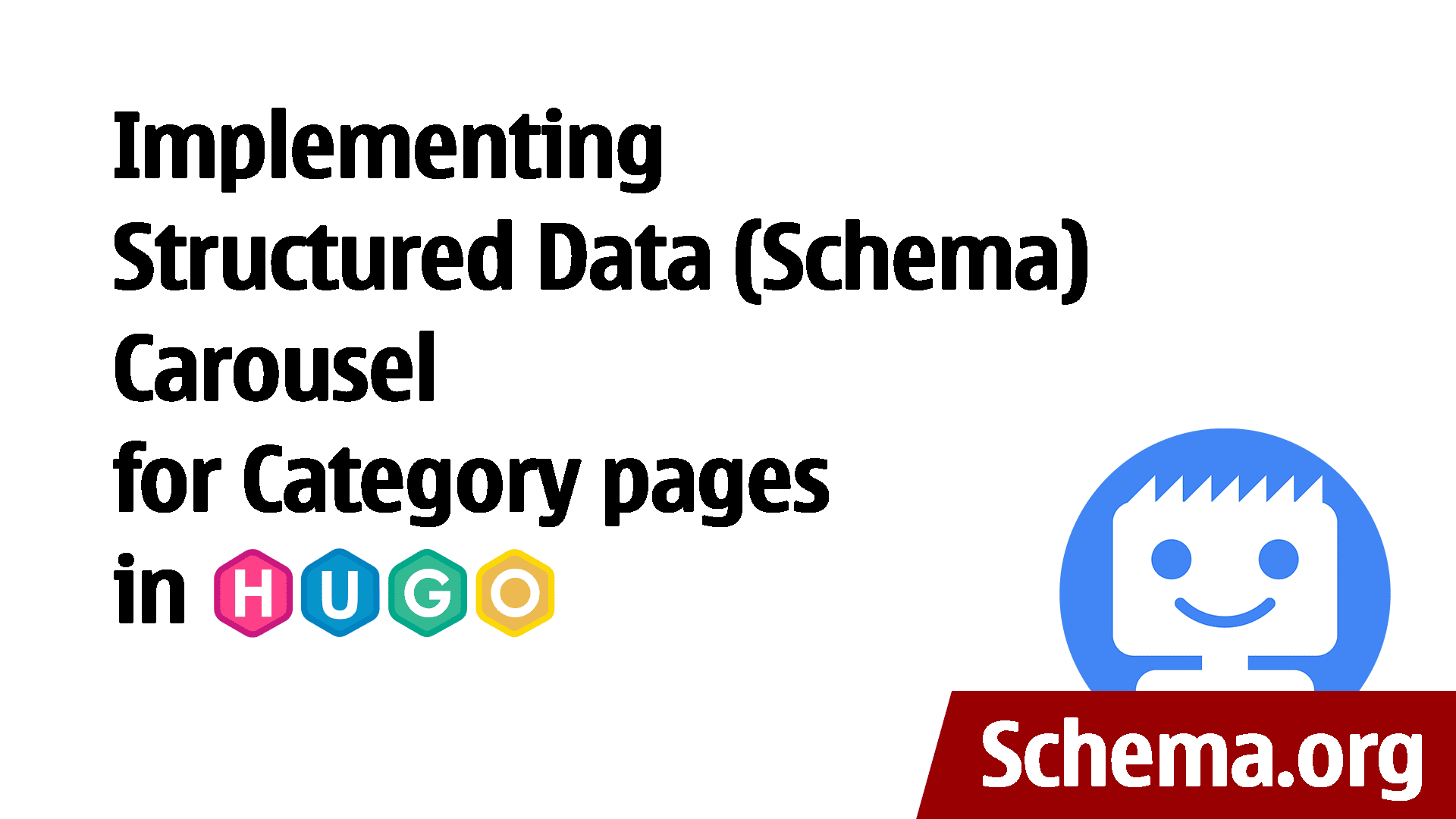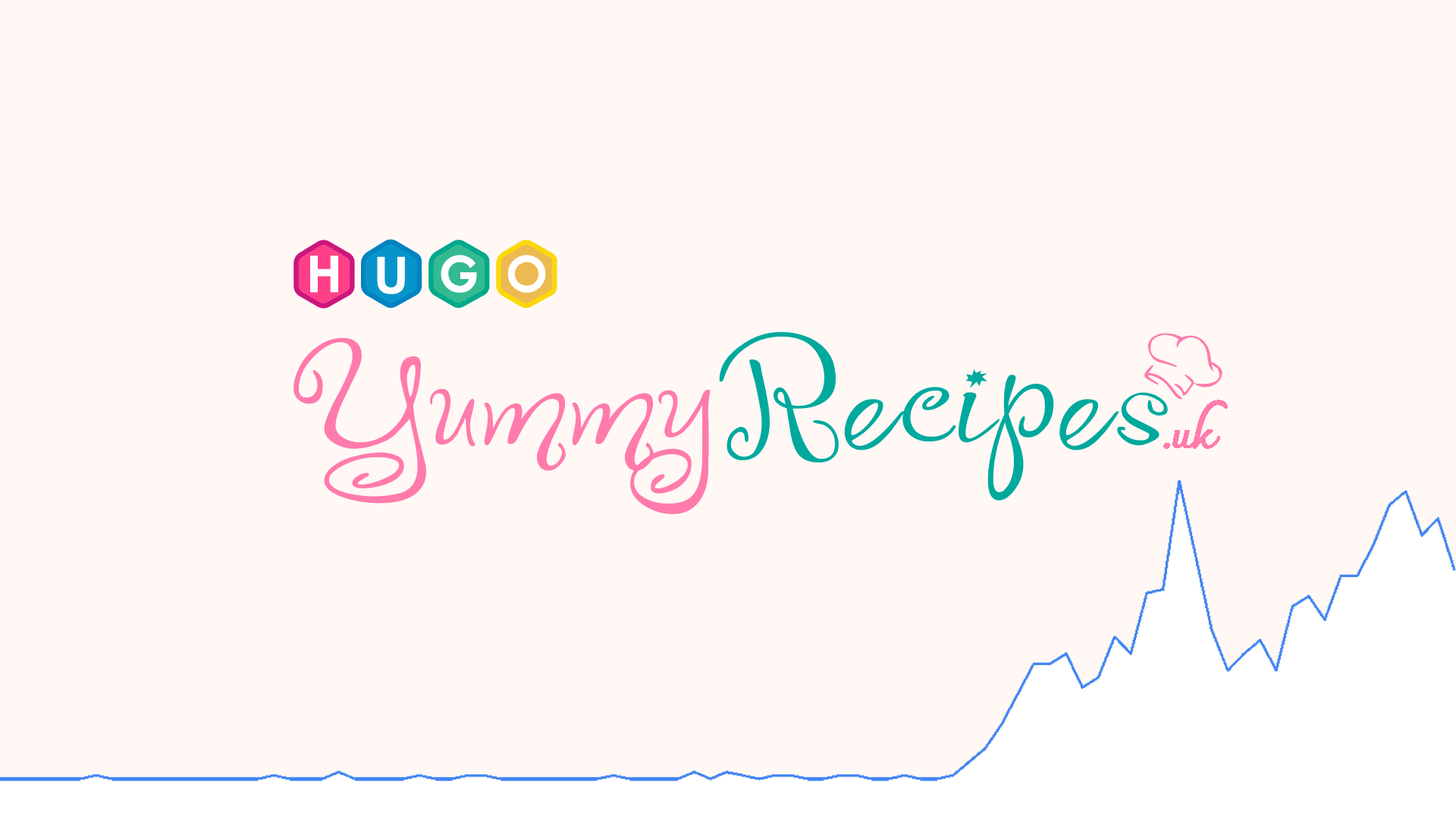
Recently, I have been in contact with several people who have been thanking me for posting articles that have helped them significantly with their technological struggles or in easing their issues.
Some of them have been so happy that they would like to know how to donate a bit to support the cause. While this gesture is appreciated, most of the activities on my site are non-profit.
I used to have ads displayed on my website when it was hosted on WordPress. However, after migrating to Hugo, I soon realized that despite the speed benefits, the web performance was being compromised due to ads served through Google AdSense.
I managed to significantly reduce the costs for my website, so I decided to take the step of removing ads altogether, and I have been happy with this decision.









